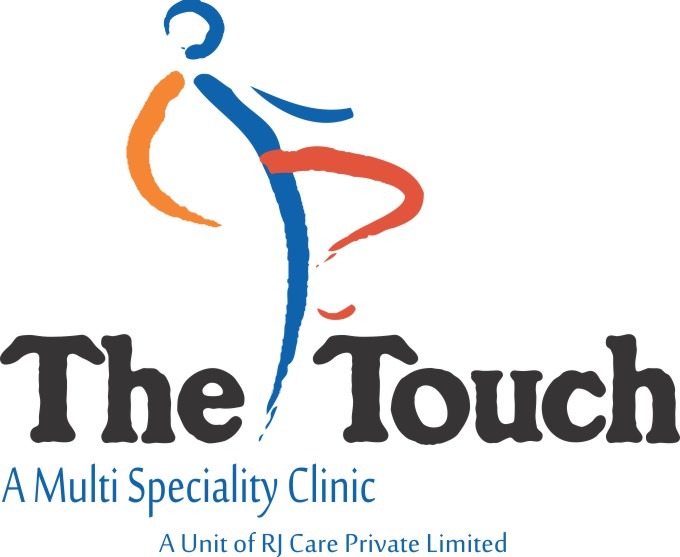Understanding Robotic-Assisted Hysterectomy

Robotic-assisted hysterectomy is a cutting-edge surgical technique that harnesses advanced computer technology and robotics to perform hysterectomies with remarkable precision. Unlike traditional abdominal hysterectomies, which require a long incision through multiple layers of tissue, the robotic-assisted approach utilizes only a few small incisions, offering several advantages in terms of recovery and overall surgical outcomes.
How Robotic-Assisted Hysterectomy Works
In a traditional abdominal hysterectomy, surgeons make a large incision to access the uterus and other reproductive organs. This approach, while effective, often results in significant trauma to surrounding tissues, a longer recovery period, and more noticeable scarring. In contrast, robotic-assisted hysterectomy involves making two or three small incisions, sometimes just one. Through these small openings, tiny, specialized instruments and a miniature camera are inserted.
The robotic system provides a high-definition, 3D magnified view of the surgical area, allowing the surgeon to see the site in much greater detail than with traditional methods. The advanced computer technology in the robotic system translates the surgeon’s precise hand movements into more exact maneuvers with the tiny surgical instruments, improving the accuracy of the procedure and reducing the risk of complications.
Robotic-Assisted vs. Traditional Laparoscopic Surgery
Robotic-assisted hysterectomy is often compared to traditional laparoscopic surgery, another minimally invasive technique. While both approaches use small incisions and specialized instruments, robotic-assisted surgery offers several enhancements. The robotic system provides superior visualization with its 3D, high-definition imaging, which enhances the surgeon’s ability to navigate and operate with precision.
Moreover, the robotic system’s technology allows for more precise movements than those possible with traditional laparoscopic tools. This increased precision can lead to a reduced risk of complications and better surgical outcomes. Importantly, the robot does not perform the surgery independently; rather, it is entirely controlled by the surgeon, who utilizes the technology to improve the effectiveness of the procedure.
Benefits of Robotic-Assisted Hysterectomy
Robotic-assisted hysterectomy offers numerous benefits compared to traditional surgical methods, including:
1. Reduced Scarring: The smaller incisions used in robotic-assisted surgery result in less visible scarring, which can positively impact a patient’s psychological well-being.
2. Minimized Blood Loss: The procedure generally results in less blood loss, reducing the likelihood of needing a transfusion.
3. Lower Risk of Complications: The precision of the robotic system helps decrease the risks of post-surgical complications, such as infections.
4. Shorter Hospital Stay: Patients undergoing robotic-assisted hysterectomy often experience shorter hospital stays, thanks to the minimally invasive nature of the surgery.
5. Decreased Postoperative Pain: Patients typically report lower levels of pain after the procedure, contributing to a more comfortable recovery.
6. Faster Recovery: Overall recovery times are generally quicker, allowing patients to return to their daily activities sooner.
Single-Incision Hysterectomy
One advanced variation of robotic-assisted hysterectomy is the single-incision hysterectomy. This method involves making only one incision, usually in the belly button, through which all the surgical instruments and the camera are inserted. The single-incision approach is known for its nearly invisible scar and is often performed as an outpatient procedure, meaning patients can usually go home the same day after a short period of monitoring. However, there is a slight risk of developing an umbilical hernia with this technique.
Robotic-assisted hysterectomy represents a significant advancement in minimally invasive surgery, offering numerous benefits over traditional methods. With its enhanced precision, reduced risk of complications, and quicker recovery times, this innovative approach provides a promising option for many women undergoing hysterectomy. Schedule your appointment today to experience the future of surgical care.

 Robotic
Robotic



